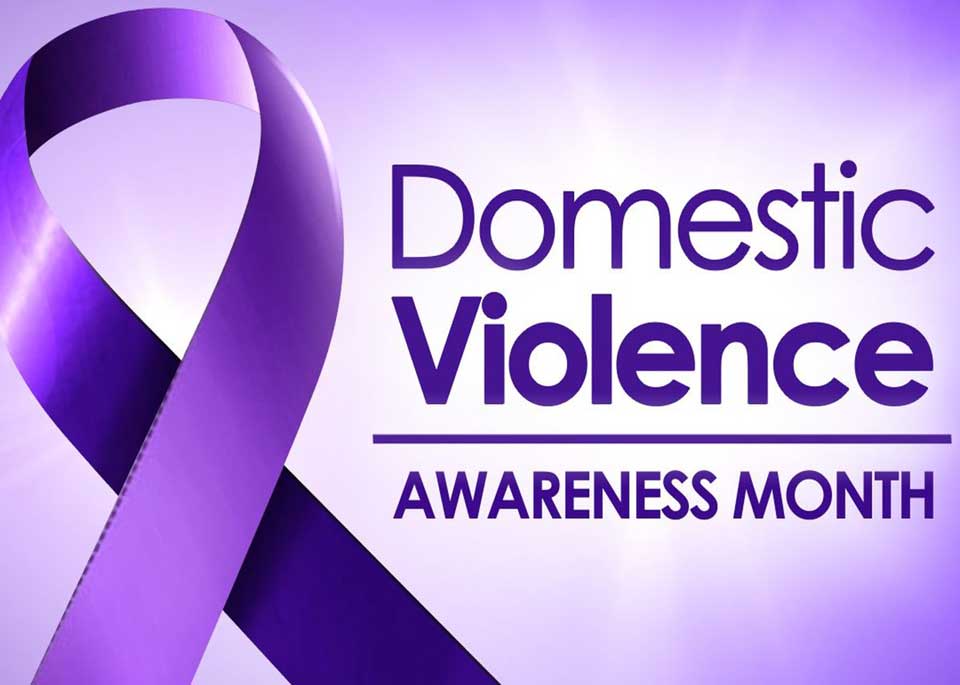Over the past few months, I have initiated conversations on Instagram surrounding Maternal Health issues, Healthcare challenges, and the ways the Health and Legal world intersect. These conversations are starting points for patients, providers, attorneys, and others who may not know what goes on in the health and legal world and how engagement in both matters. Back in October, I took to my Instagram and led conversations around Hidden Epidemics. I touched on topics discussing Breakdowns and Burnout in the Healthcare Setting and provided a solution on how to combat that constant cycle of work, plan a vacation, be rejuvenated then be frustrated once again. Later this week I will be discussing The Policing of Black Women in Law and Politics that will dig into the issues that way too many Black women face being lawyers and politicians. I will link that conversation back here once it drops. But the bigger conversation that I led this week touched on how Healthcare Providers can Address Intimate Partner Violence in Maternal Health.

Data shows that some women are first abused when they are pregnant while women who were already being abused experience an increase in abuse during their pregnancy. We know that physical abuse can lead to pre-term labor, vaginal bleeding, and physical injuries to a mother or the baby. The psychological impact of abuse has long-term effects that take years to undo. Even more so women who are disabled have even higher rates of abuse during pregnancy and have even fewer resources and support to escape their abusive situations.
There is no blanket solution to eradicating intimate partner violence, but healthcare providers are the safety net for these mothers and babies who may be in danger. The first step in addressing intimate partner violence in the maternal health setting starts with properly screening every pregnant mother that is in your care. Best practices speak to how this conversation can happen and many electronic medical record systems have the screening questions integrated into the system, which makes it easy for staff and providers to ask the questions without having to formulate their tools when discussing intimate partner violence. Providing easily digestible information in the form of pamphlets or flyers with hotline numbers and resources that the patient can use when they are ready to seek help is also key. Offering regularly scheduled training for your staff and providers to ensure that they know what to look for in patients who may be experiencing intimate partner violence, what resources there are available to those mothers who may need help, and how to ensure that information is conveyed discreetly and remains confidential even if the partner may be present for the visit. All of this information is vital to decrease the incidence of unreported intimate partner violence and to increase the ability of these women and babies to have a healthy chance at life without the stress of abuse in their life.
Learn more about me and my practice or connect with me on Instagram, Linkedin, Twitter, or Facebook. Join my mailing list to learn more about upcoming events and resources for you and your practice.
